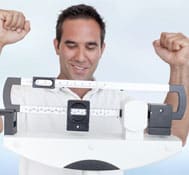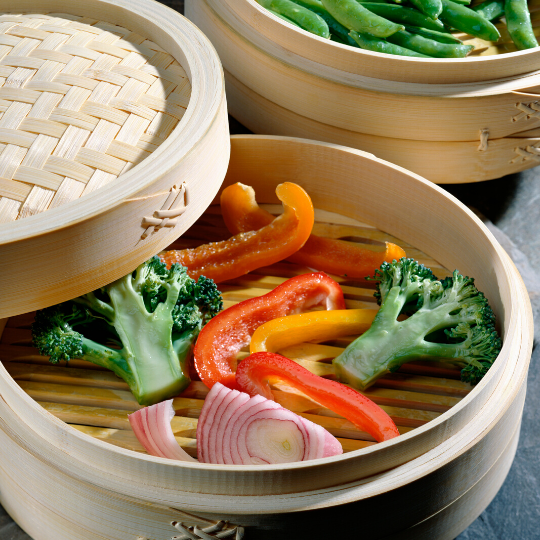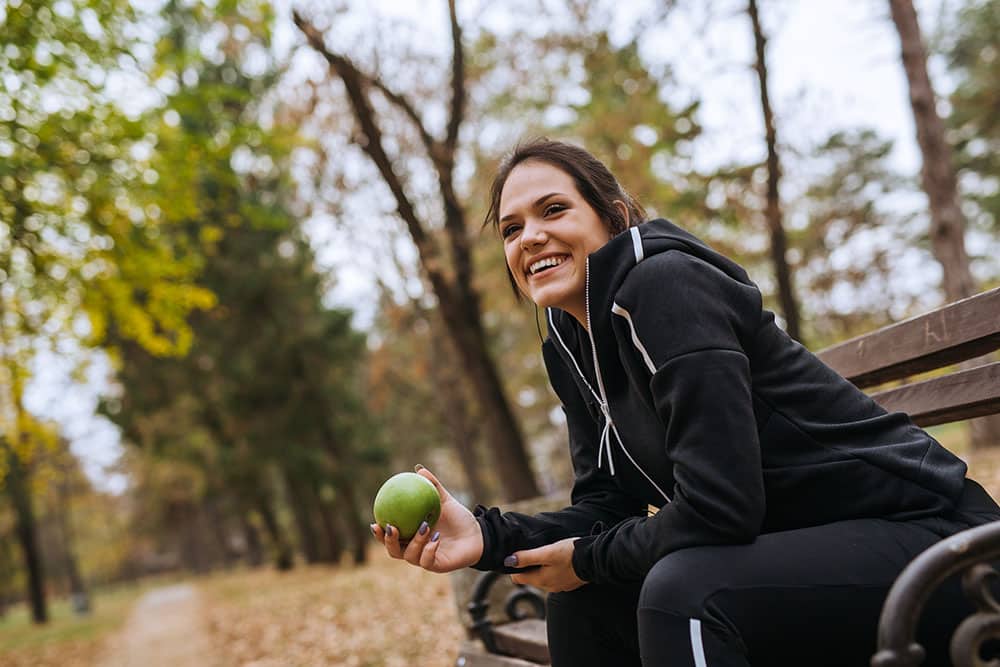There are many ways in which you can prepare foods, and whilst some involve adding lots of unnecessary calories, others can be quite healthy! Ditching the deep fat fryer comes as a given but many people don’t think about how their cooking changes the nutritional values of food.
Heat in some cases can destroy up to 20% of vitamins and minerals, including vitamin C, folate and potassium. However, other foods can actually benefit from heat being applied to them as it stimulates the release of antioxidants and other healthy components, such as carrots, tomatoes and spinach.
Microwaving
Although microwave food is often associated with ready meals and fast food, it can actually be one of the healthiest methods of preparing your food! Microwaves work by cooking food from the inside out, energising the molecules which in turn heats them up. It can sometimes dry food out, but that can be avoided by splashing a little water over your food before you put it in. The best part is that you don’t need to add any oil to your food before microwaving – all you need is a microwavable container. And it can be good for holding in nutrients too. Studies have shown that microwaving broccoli for example is the best way of preserving its vitamin C.
Steaming
Anything from vegetables to fish works well when steamed. The cooking method allows food to stew in their own juices, which minimises the loss of nutrients and keeps some of the great taste. Again, there’s absolutely no need to add any oil or fat for moisture, you simply need to season and it’s good to go!
Grilling
If you want maximum flavour, grilling certainly is the best option for many types of food. It doesn’t require extra added oil or fat and packs a smoky punch of flavour which is perfect for meats and vegetables. Although it may be low in fat, there is however evidence to show that consuming a high amount of extremely charred meat may increase your risk of pancreatic and breast cancer, as well as causing an imbalance of antioxidants in the body. So try to alternate with other forms of cooking.
Stir-Frying
While stir-frying does usually require a small dash of oil, you don’t have to use a lot and using a low-calorie cooking spray works just as well. It should be just enough to lightly sear your vegetables and meat to give them a bit of flavour. It works well for smaller chunks of meat, vegetables, noodle, quinoa and anything else that needs heating up with a little added flavour.
No Cooking
Over the past couple of years, no cooking diets have become more and more popular. The benefits of raw vegetables being maximum vitamins and minerals, with no added sugars or fats from cooking. The argument is quite balanced and for every vegetable that is better off eaten raw, there’s another that is more nutritious when cooked.
So, whether you ditch the frying pans, invest in a decent steamer or start microwaving your vegetables, make sure you really consider how you prepare your meals and how you can make your cooking method work best for you!















